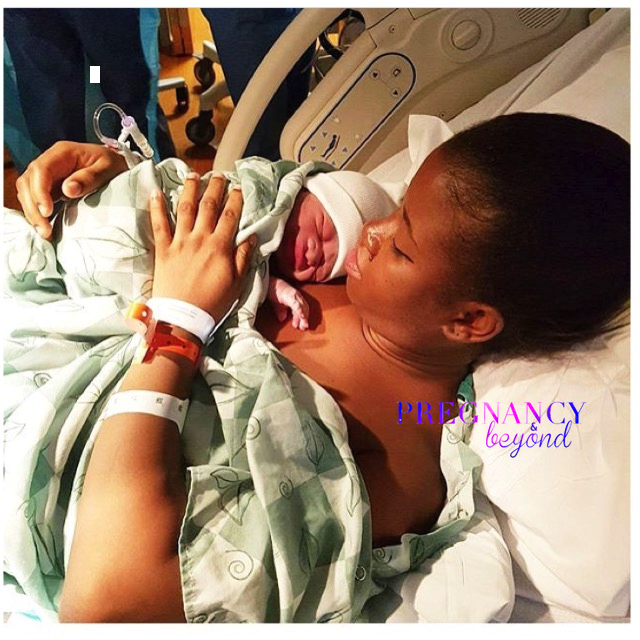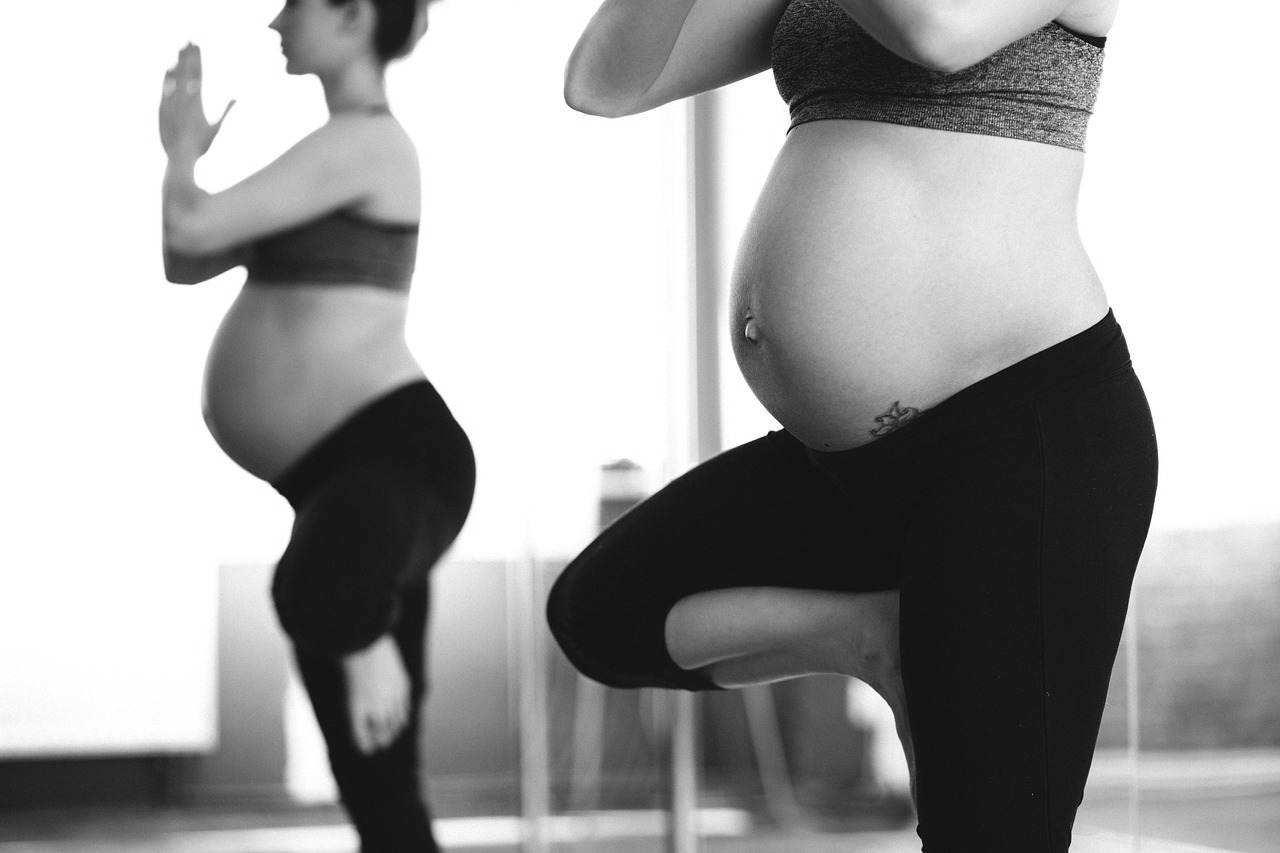
DON’T Push:
Thousands Of Women Could Be Saved from Injuries During Child Birth.
Thousands of women could be saved from debilitating injuries. Thanks to a new midwife-led program that aims to dispel the misconception. That’s women during childbirth need to push.
The simple protocol has reduced unintentional damage caused to the body. Particularly, during delivery by 85 per cent in some maternity wards.
Childbirth Cases
Nine in ten women suffer some form of tearing during childbirth. But in more serious cases the injuries can render new mothers incontinent and suffering lifelong nerve problems.
The new programme, designed by staff at Medway Foundation Trust in Kent, has cut the incidence of traumatic tearing from seven per cent to just one per cent of patients.
Delivery Positions
It encourages mothers-to-be to slow down during delivery and consider alternative positions.
It was initiated in response to a call for action by the Royal College of Obstetricians and Gynaecologists (RCOG). Also, the Royal College of Midwives. Following an alarming rise in severe perineal tearing affecting nearly 14,000 women in 2013 to 2014.
New Guidelines
The new guidelines discourage women from giving birth lying on their backs. ‘We support women in alternative positions. Such as standing, leaning, or giving birth on their knees. Which were common until the 1950s,’ says Ms Smith.
Other features involve coaching women to breathe through contractions instead of urging them to push. Midwives are also discouraged from pulling out the baby by the shoulders during delivery. Instead supporting the baby’s weight as it emerges, which reduces pressure on the perineum.
Midwife Support
Two midwives are present at every birth to ensure the programme is being followed. All women who still suffer a tear are scanned afterward to assess whether they are likely to suffer bowel problems as a result.
Risk factors during labour include larger than the average baby. A baby being born ‘face-up’, use of forceps.
The programme has been so successful in Medway. That the results have been have been published in the European Journal Of Obstetrics & Gynaecology And Reproductive Biology. Also, there are plans to roll it out within the United Kingdom.
Photo Credit : Lilslimlingers




